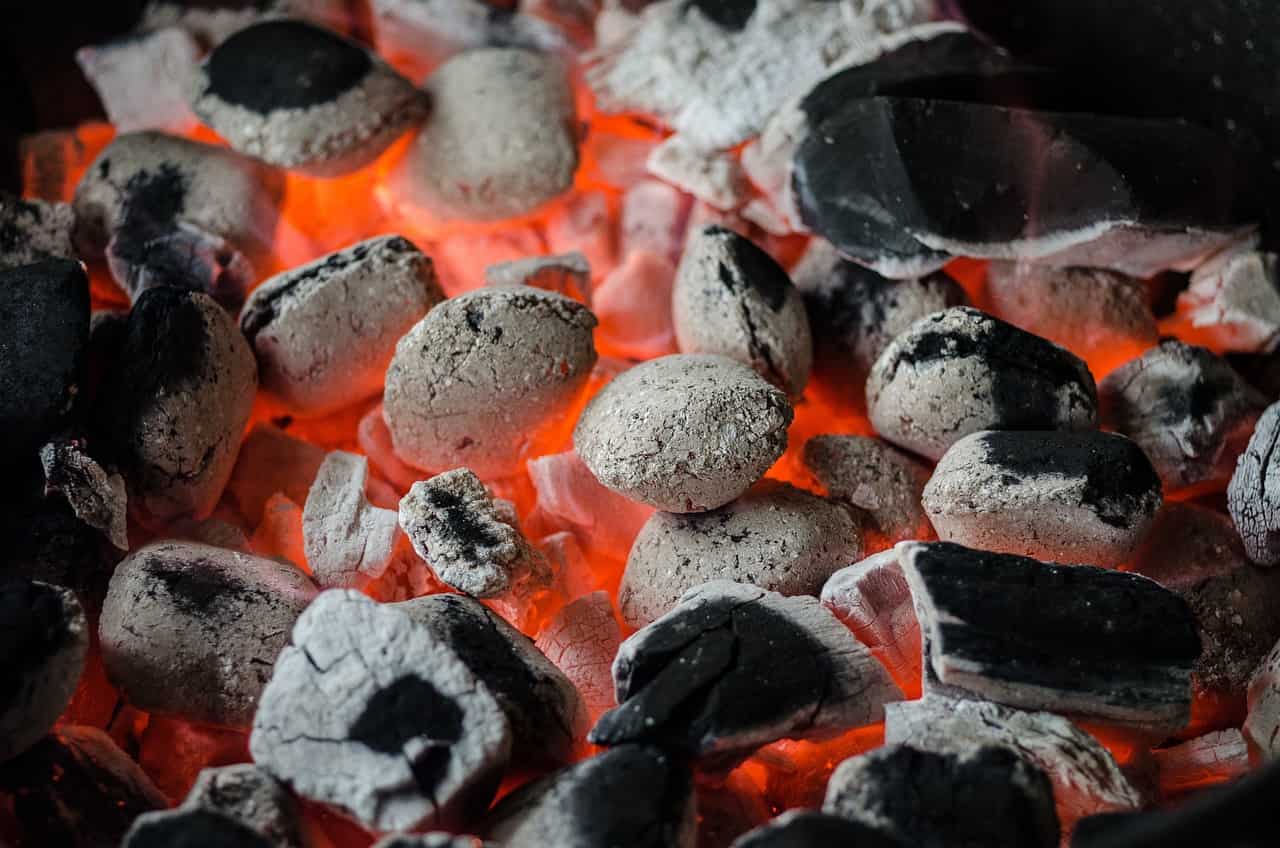
China is by far the world’s largest producer and consumer of coal, producing and consuming almost as much coal as the rest of the world combined. But although China’s voracious appetite for coal is relatively new, fueled by rising energy demand as its economy grew at breakneck speed, its relationship with coal is anything but recent. In fact, more and more evidence points to the fact that China is the cradle of coal mining.
In a new study, archaeologists found that Bronze Age societies in northwestern China were using coal as an energy source over 3600 years ago — a millennium earlier than previously believed.
Unearthing ancient coal use
Before this discovery, knowledge of ancient coal usage was limited to written records. However, the excavations at the Bronze Age site called Jirentaigoukou, located in China’s Xinjiang Autonomous Region, have provided a unique window into the past. The site, nestled in the Tianshan Mountains near the Kashi River, was a bustling settlement between 3,600 and 2,900 years ago.
The coal was found in various forms throughout the settlement, indicating it was a shared resource accessible to everyone, regardless of their social status or occupation. Coal was discovered in large storage pits, houses, stone tool caches, cooking hearths, and smelting furnaces, revealing its versatility and significance in daily life.
It’s not like some farmers accidentally found some lumps of coal in the field and threw them into a campfire sporadically. Rather, all of this evidence suggests that the Jirentaigoukou people intentionally devised a system to extract and use coal at a large scale.
The researchers identified six potential sources of coal, all within a 5-kilometer radius of the settlement. The coal was easily accessible by hand as it was exposed to the surface or using simple metal tools.
“I imagine they must have tried burning the coal from all these sites, and then discovered some had better quality than others,” co-author Guanghui Dong, an environmental anthropologist at Lanzhou University, told Science.
Using spectrometry techniques, the scientists matched the coal lumps found at Jirentaigoukou to three of the sites. These matching sites had higher quality and more carbon-rich coal, indicating they would have burned hotter and cleaner.
The shift to coal usage likely occurred when the people at Jirentaigoukou faced dwindling timber resources and sought alternative fuel options. Charcoal made from partially burned wood was prevalent in earlier occupation layers, suggesting that wood was the primary source of energy until then. The transition to coal was likely prompted by the realization that it offered a more sustainable and readily available alternative.
The scientists speculate that these ancient people first saw the potential of coal as an energy source probably after they saw white smoke during sunny days at a distance. Coal can spontaneously combust under the right circumstances during particularly dry and hot days, and this phenomenon may have served as an early indicator of coal’s energy potential.
There is even earlier evidence of the use of coal, such as small coal fragments in certain fireplaces. For instance, in the 1990s scientists found evidence of lignite (brown coal) used for fuel around 73,000 years ago in Ice Age Europe. However, the sites in Bronze Age China show a much more clear preference, suggesting coal was used on a routine basis.
The findings appeared in the journal Science Advances.









